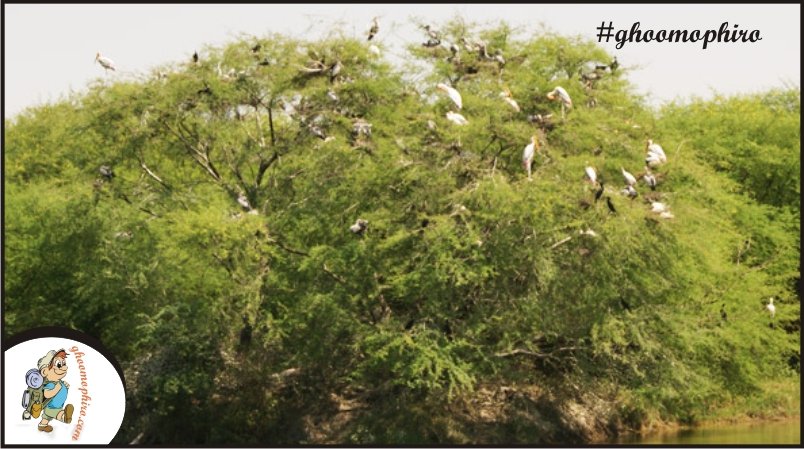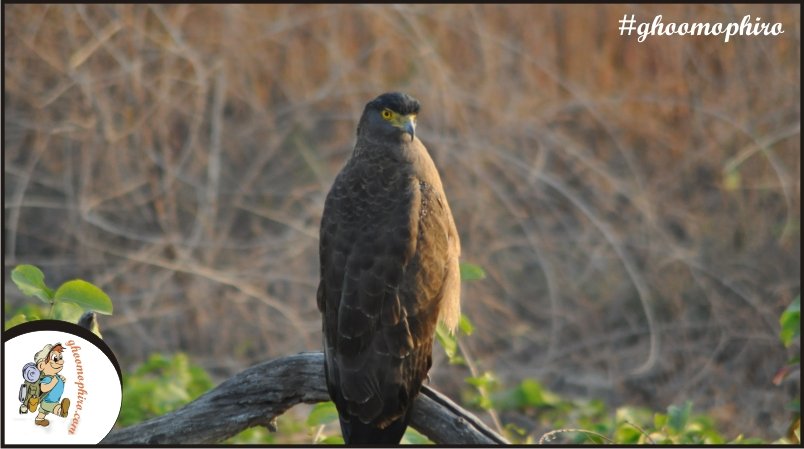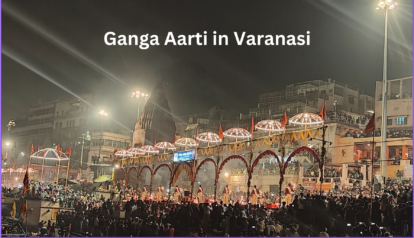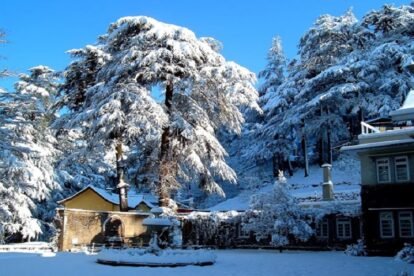Bharatpur Bird Sanctuary – a mini paradise in the dry state of Rajasthan
Posted on January 29, 2017 by Ghoomophiro

Keoladeo National Park, earlier known as the Bharatpur Bird Sanctuary is a famous avifauna sanctuary, a destination for more than 350 avian species including a good number of rare and migratory birds that come here in flocks, especially during the winters. It is among the top rated bird sanctuaries in India and the world. This UNESCO world heritage site, locally known as Ghana, is a mosaic of dry and wet grassland, spread over an area of 29 sq. The mini paradise is located not very far from the most popular three Golden Triangles: Delhi, Agra and Jaipur and hence visited by a large number of visitors.

Important Info
The park remains open throughout the year from sunrise to sunset. From August to November, the national park is home to resident breeding birds, while from October to February migratory birds inhabit the place. The entrance fee for Indian citizens is Rs. 25 whereas for foreign nationals the fee is Rs. 200.
The pathway
Lined by the trees on the both sides, the pathway inside the park is gleaming with the exotic visuals of some rare and beautiful birds. The sanctuary in its entirety shall best be visited on the cycles or by foot in order to get the best of it. Along with the birds of some exotic species and the most common ones, the sanctuary also serves as a great shelter for some butterflies. Not only that, some scavengers like the Indian fox can be seen roaming around fearlessly with no intention of harming any human being.
Bird watching
Out of the different species of birds one could have the pleasure of witnessing birds such as the Herons, Kingfishers, Cormorants, Eagles, Kites, Parakeets, Pigeons, Cranes, Stilts, Lapwings, Storks, Woodpeckers, Owls, Wagtails, Waterhens, Moorhens, Swamphens, Bulbuls, Babblers, Doves, Duck’s, Egrets, Ibis, and Pelicans. Although it isn’t really needed, but carrying a binocular would help greatly in case the tourists want to have an up and close view of the birds. Differentiating among the domestic Indian birds with the migrating ones would require you to have a professionally trained guide with you.

When it comes to the antelopes, the Nilgais are more frequently seen here than any other animal. The low-lying wetland’s lush greenery is the perfect habitat for them. On the other hand, the Serpent Eagle is also there to feast on and scare off the small birds. Parakeets, on the other hand, can, however, steer them away while making some noises which are known to be the eagle repellent.

The man made islands are located in the middle of the sanctuary where ducks, egrets and cormorants live in their natural habitat. In the winters, they can be seen having warm sunbaths after the cold winter nights. There are about a dozen such islands inside the sanctuary where the ducks can be seen flapping their birds freely in all their glory.

Not to miss
One must not miss out on a boat ride, which is less known yet promises an incredible experience for both birders and nature lovers.
While at Bharatpur Bird Sanctuary, you can opt to stay at Bharatpur Forest Lodge.
Food
Foodies won’t find many places to eat in the vicinity of the park. Salim Ali road in the town offers so many food joints to eat. The restaurant at Hotel Sunbird offers a sumptuous breakfast. ITDC hotel is an ideal place to grab Rajasthani cuisine, also it offers the yummiest Mughlai and Continental feast.
Conclusion
In short, the Bharatpur bird sanctuary is one of those very few places in the country where the bird enthusiasts have ample opportunities to witness and photograph an ample number of birds and animals in their entire wilderness. The trip to Bharatpur Bird Sanctuary can be combined with Deeg Palace and Fort & Mathura Museum visit.







very good blog about Ghana pakshi vihar Bharatpur
Thank you!!